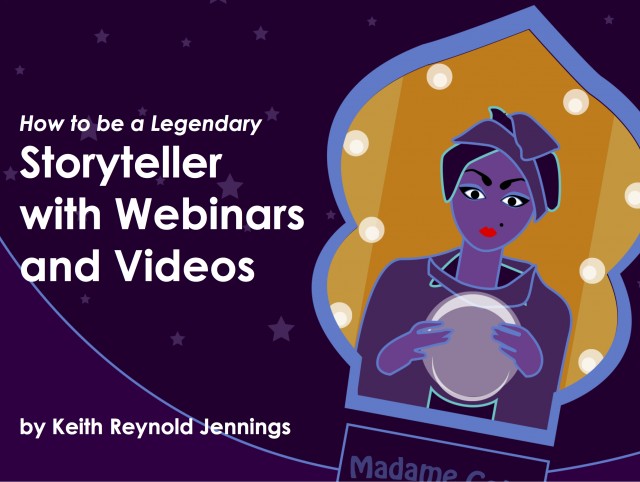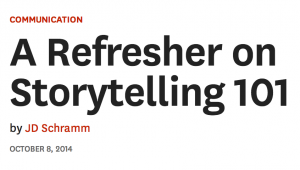I would love to have you join me on Monday, November 24th at Noon (Eastern Time) for a free half-hour webcast. Click here to register.
It will all start with a milkshake…
A fast food chain wanted to sell more milkshakes. After bringing in an experienced market research group and aligning its advertising with their findings, nothing happened. Milkshake sales remained flat.
However, things changed when a new researcher entered the picture and asked a radically different question. A question that will help you align every tactic with your marketing strategy.
Beginning with this story, you will enter a rabbit hole designed to change the way you plan, design and distribute stories, with a specific focus on webinars and videos.
Crafting stories that others will not only remember, but share, begins with a basic understanding of how stories work. How they differ from information. And ways to use and time stories during webinars and videos.
You will learn:
- The ingredients & design of an effective story
- How narratives and stories are not the same thing (and why you need both)
- The one question you should ask before choosing which story to tell
- Your role in storytelling
- Storytelling tips for webinars
- Storytelling tips for videos
A very special thanks to Kaitlin Stich and BrightTALK for inviting me to do this webcast. Hope to have you there!





